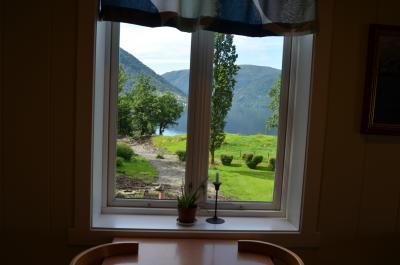Guest post by Julie Laursen. Julie is an anthropologist. She holds a PhD in Criminology from Aalborg University in Denmark and is now working as a postdoctoral research associate in COMPEN. This is the third post of Border Criminologies' themed series 'Penal Policymaking and the Prisoner Experience', organised by Ben Crewe.
‘Best of both’ said the young man as he walked by Thomas (all names have been changed) and me on our way to the train station. Thomas asked ‘did you get that, Julie’ and I had to say no. He explained that it meant the young man was trying to sell him the ‘best of heroin’ and the ‘best of crack’. I apologised for being so naïve and Thomas, polite as ever, said that ‘I was also confused and naïve when I was in Cambridge once’. This episode took place in an impoverished town on the Thames estuary in the context of our longitudinal, qualitative research. I had observed and ‘shadowed’ Thomas’s entry into prison, and had then interviewed him in-depth on three occasions: a few days after his initial reception into custody, five days prior to his release and three months post-release in supported accommodation in his home town.

The first few months after someone has been released from custody are often very difficult, and so researchers should tread carefully when contacting people after release. They might give us more or less subtle clues as to whether they wish to participate in the final interview; avoiding our phone calls, not returning text messages/letters or being evasive in terms of their availability. If they do not wish to meet us, we may have to give up. There is no certain answer as to how best to go about this, except to apply a ‘situated ethics’ familiar to ethnographers and other qualitative researchers.
I am pleased when I am invited to an interviewee’s house; not only do these surroundings grant more privacy, but they also tell me a lot about the person’s life prior to his or her incarceration. Via this type of longitudinal research, I also gain an understanding of how lives and narratives develop over time. For instance, Thomas’s repeated phrase ‘I just want a more levelled life’ made more sense when I visited his hometown, walked the worn down neighbourhood with him and experienced how the streets reeked of marijuana. Knowledge and silence are situated, which is why I might have cognitively understood what he meant in our first two interviews in prison, but I did not fully appreciate the meaning of a ‘levelled life’ before I personally experienced his chaotic surroundings.
At other times, visiting people’s homes distorts my previous understandings of their lives. For instance, I visited a woman in her parents’ house where I met her family and their dog, who spent the rest of the interview sleeping in my lap. The spacious, tidy and cosy house did not match my understanding of her life prior to her imprisonment because she had told me that she had led a chaotic, drug–filled and unstable life, mostly on the streets. Her difficult life before prison is obviously as ‘real’ as the cosy home environment, and it was striking to observe the big contrast between her life on the streets prior to her prison sentence and her current living conditions. Hence, her stories of how ‘prison saved her life’ by enabling her to get clean and re-connect with her family made sense to me. Another woman’s home clashed significantly with my expectations and made me understand her difficulties in a much more in-depth and nuanced manner. She had told me about the numerous professionals ‘on her case’, but I did not fully understand the width of the regulatory gaze she was exposed to before interviewing her in her house and learning about the continuously intrusions by professionals (including me). Finally, meeting and chatting to interviewees’ families (such as wives or husbands) has helped shape my understanding of how disruptive and damaging their prison sentences have been and continue to be for their entire lives.
Although there are numerous ethical dilemmas in interviewing in people’s homes, there are also many benefits. The phase three interviews provide an opportunity for men and women to disclose stories about their time in prison that they chose not to say while they were still imprisoned. These stories, I find, often revolve around social relationships with other prisoners and staff, stories that were difficult to share in the prison surrounded by these same people or episodes that interviewees see in a different light after their release. Sometimes interviewees recall how ‘officers were actually good’ or ‘you can make friends in prison’. Other times they realise that, the friends they thought they had inside the prison were ‘not real’ or they had come to feel that officers were merely power holders, not helpers after all.

Interviewing people in their homes does not only grant an opportunity to get to know and understand a person better, it also provides us with an opportunity to dive into the multiple trajectories, obstacles, victories and experiences people face post-release. In that sense, we are able to analyse and describe nuanced, multi-dimensional narratives and their development over the course of entry into, exit from and life after prison.
Any comments about this post? Get in touch with us! Send us an email, or post a comment here or on Facebook. You can also tweet us.
__________
How to cite this blog post (Harvard style)
Laursen, J. (2018) Interviewing in People's Homes. Available at: https://www.law.ox.ac.uk/research-subject-groups/centre-criminology/centreborder-criminologies/blog/2018/04/interviewing (Accessed [date]).
Share:








